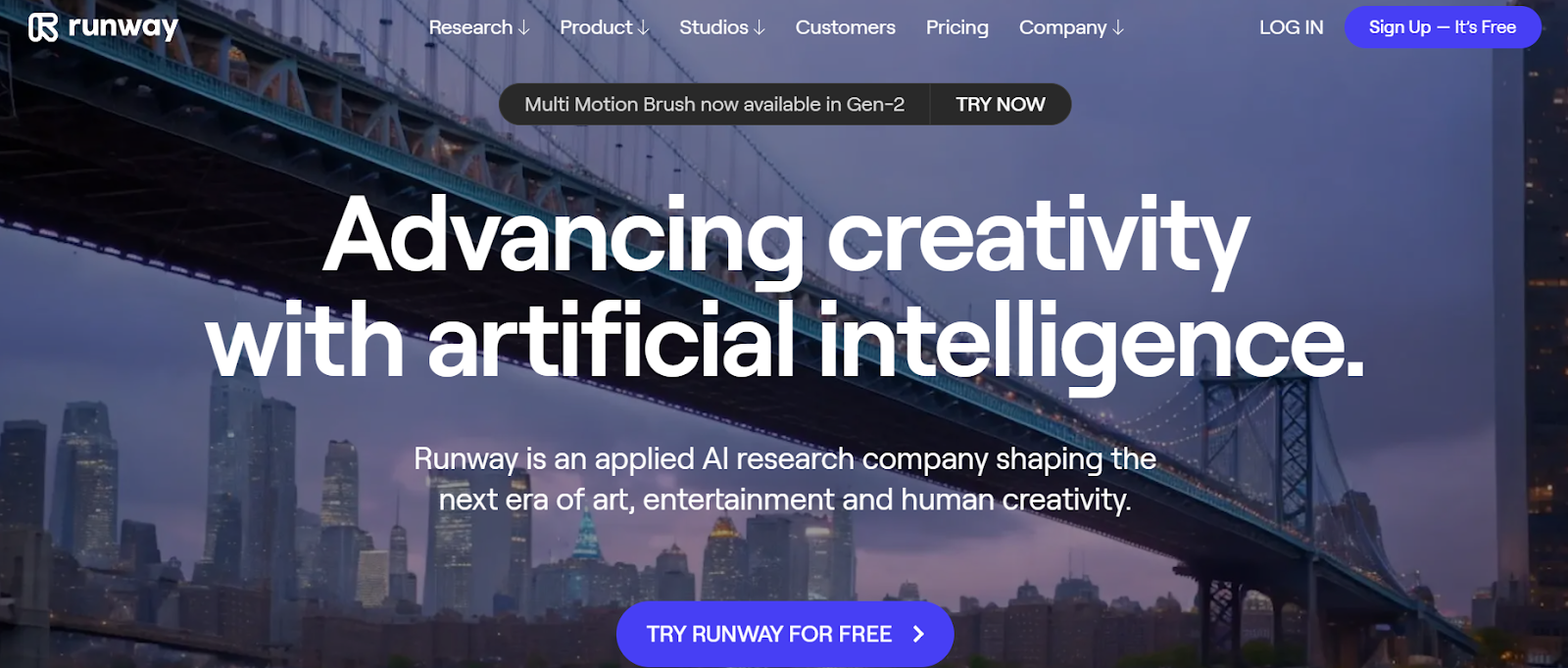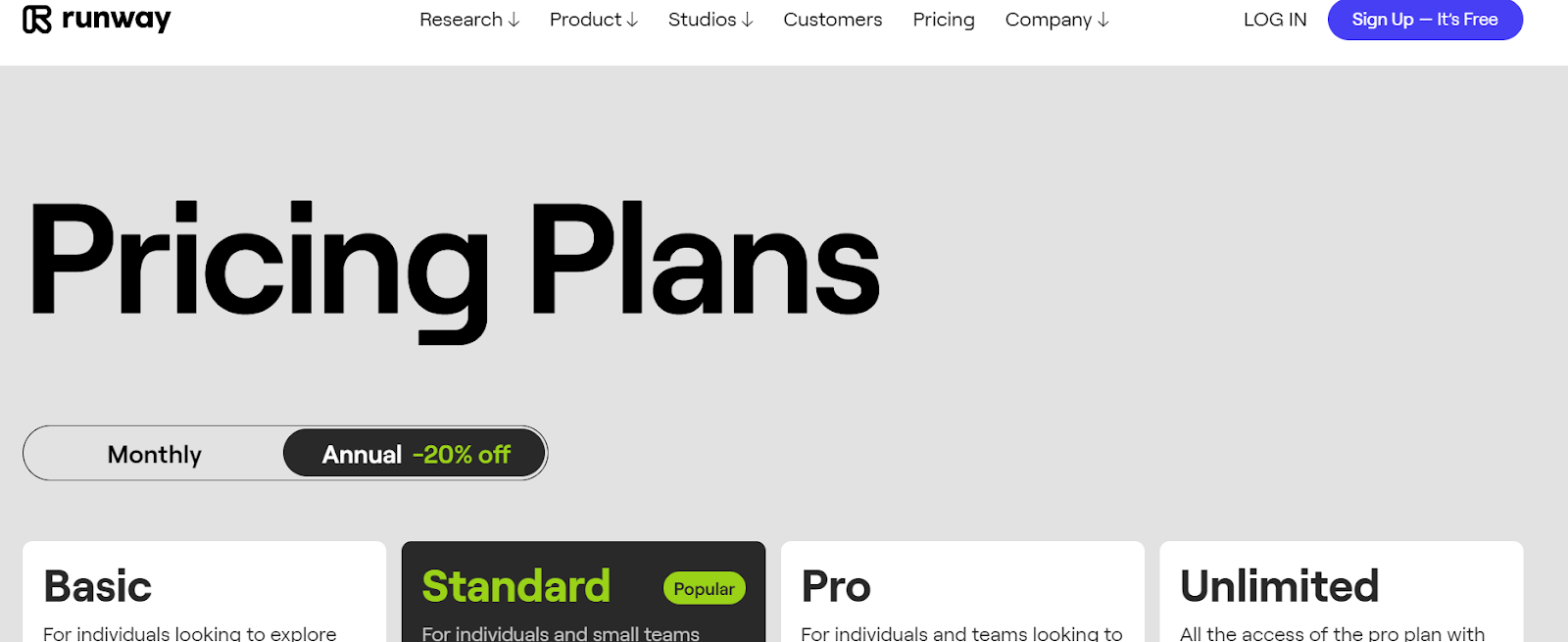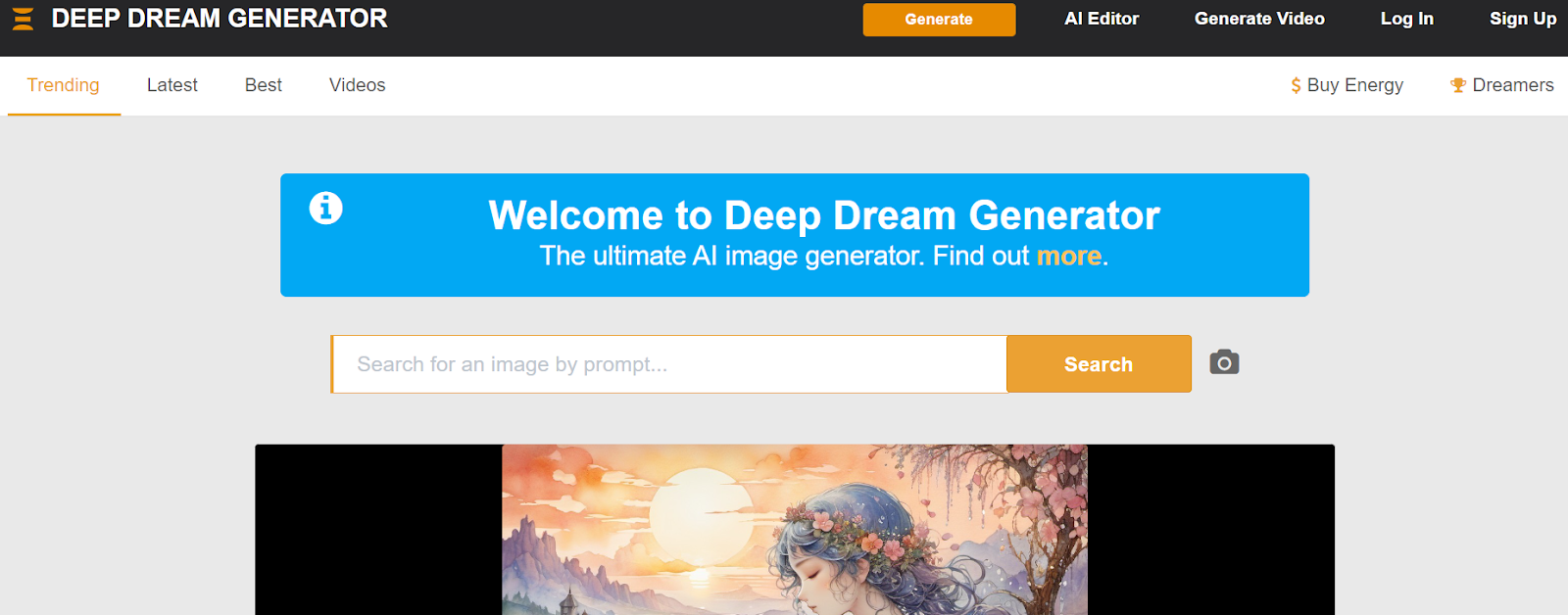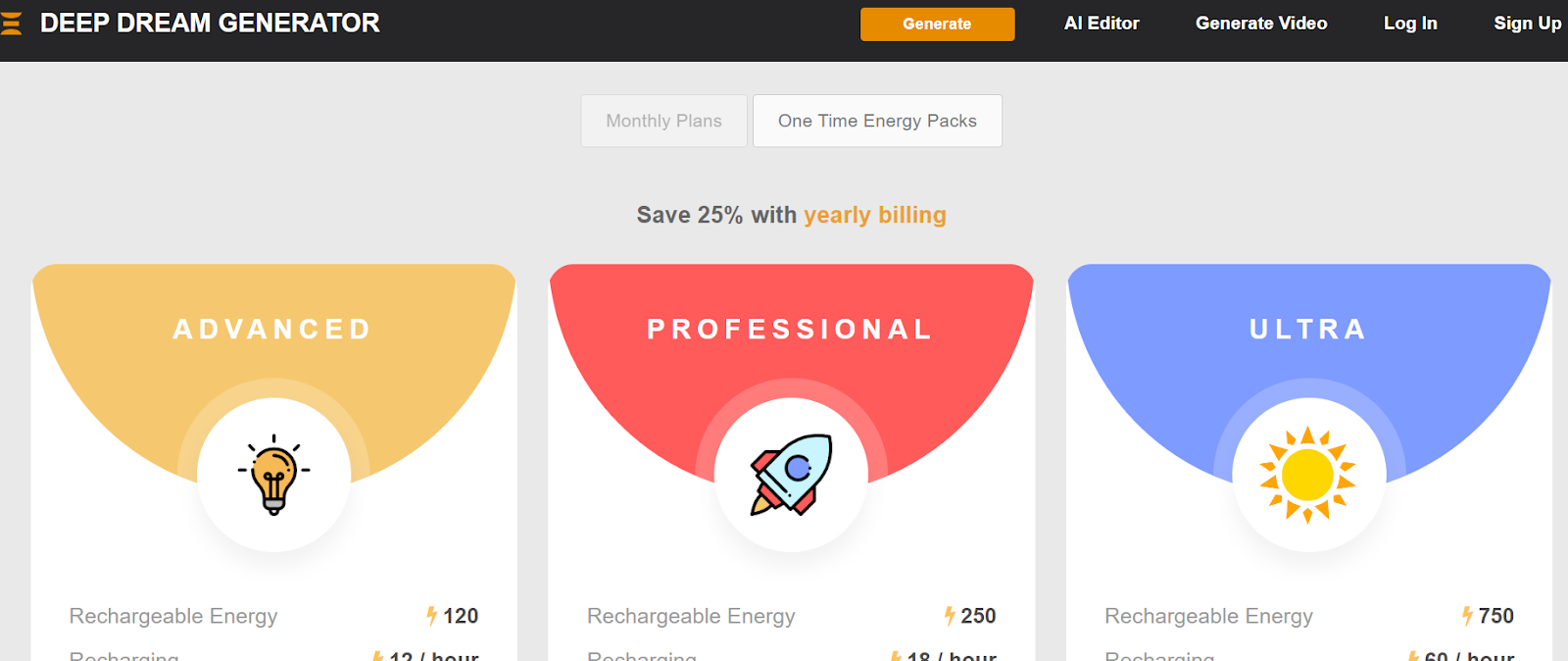Runway ML vs. DeepDream: Which AI Offers More Surreal Image Transformations?
Last Updated :
09 Feb, 2024
Artificial Intelligence (AI) has changed how designers and artists approach image alterations by breaking through conventional limitations and entering the imaginative space. Of all the AI tools out there, two well-known platforms—Runway ML and DeepDream—are known for their ability to produce meticulous and beautiful works of art. In this article, a thorough examination of the features, functionalities, cost implications, and general performance of Runway ML and DeepDream is provided.

These two AI tools have helped designers and artists by decreasing their time usage on manual editing and focusing clearly on the innovative and creative side of their work. A sophisticated understanding of various AI platforms by the end of the article will help users make a choice that aligns with their creative goals.
Runway ML vs. DeepDream: Which AI Offers More Surreal Image Transformations?

Runway ML is an AI tool that uses texts to create and produce new images and videos that have never been taken. It uses artificial intelligence and machine learning to synthesize and edit these images. Because of this tool’s extreme efficiency, the fields of art, photography, and entertainment are changing.
Runway ML Features
Runway ML markets itself as an adjustable AI platform with a vast selection of pre-trained models for different picture manipulations. Some of the features for Runway ML are provided below:
1. Style Transfer
It is a tool that lets its users easily change an image’s artistic style to another, and is at the core of Runway ML’s abilities. With the help of this engaged flexibility, designers and artists can now include a wide range of visual aesthetics in their work.
2. Object Detection
Runway ML’s powers go beyond the simple style adjustments instead it includes object recognition. Users can integrate models that can recognize and emphasize particular things in their photos, giving the site a valuable aspect. This will be particularly helpful for image processing, extended reality, and interactive installation applications.
3. Pose Approximation
It also offers advanced pose analysis models for projects which helps assess body poses and movements. This feature makes it easier to estimate body positions accurately in photos, which makes it a valuable tool for virtual reality, animation, and dance applications.
4. Text Composition
With text generation models, Runway ML expands its reach into language beyond visual changes. This feature introduces a unique blend of visual and textual creativity by enabling writers and content creators to produce readable and contextually appropriate prose based on a given cue.
Runway ML Pricing

- It offers a basic plan for users which is free forever
- It offers a standard plan for individuals and small teams looking for a bit more access. It is $12 per user per month with a restriction of 5 users and is billed annually at $144.
- The pro plan is for individuals and teams looking to use all the Runway ML features in their work. It is $28 per user per month with a limitation to 10 users and is billed annually as $336.
- The unlimited plan which entails all the access to the pro plan with the advantage of generating unlimited videos. It’s $76 per user per month with a maximum of 10 users and $912 annually.
- The enterprise plan is for large teams and organizations that need customized, specific, secure platforms for their work.
LINK: https://runwayml.com/

DeepDream is an AI image generator that helps artists and designers create unimaginably realistic images with the use of the convolutional neural network (CNN) It allows its users to create 3d images and provide them with deep insight into the generation of art with AI. these abstract and vivid images are like a portal to dreams, living up to its name.
DeepDream Features
Google’s DeepDream differentiates itself by using a unique process to visualize neural networks to generate images that are dreamy and unrealistic. Below are a few of DeepDream’s well-known features.
1. Dreamlike Transformations
DeepDream uses innovative neural network algorithms to produce images that are incredibly bizarre and dreamy. The resulting visualizations offer a distinctive and stirring perspective on picture change and often feature complex patterns and abstract illustrations.
2. Customizable Parameters
DeepDream’s flexible parameter system is one of its benefits. The style and degree of image modifications can be altered by the user just by adjusting a couple of variables. This high degree of customization promotes creativity and personalization by giving users more influence over their finished product.
3. Open-Source
DeepDream’s open-source nature is an exciting feature. DeepDream, a Google project made open to the public, invites programmers to examine and alter their source code. It is famous among people who value their flexibility to experiment with the underlying technology because of the endless improvements and modifications brought about by this collective strategy.
4. Enhanced Detailing
DeepDream can extract and highlight minute features in any image through repetitive processing, uncovering hidden patterns, and producing a complex web of visual precision. The ability to push past the limits of knowledge and surrealism fascinates particularly to artists and creators.
DeepDream Pricing Plans

- It provides a free trial with which users can generate 10 images
- It offers an advanced plan of $19 per month with storage of 20 GB and can be used commercially
- The professional plan of $39 per month provides storage of 50 GB and can be used commercially.
- The ultra plan of Deep Dream is $99 per month with storage of 200 GB and commercial use.
LINK: https://deepdreamgenerator.com/
Comparison Chart: Runway ML vs. DeepDream
To provide an all-encompassing analysis, let’s examine an elaborate diagram highlighting the principal characteristics of Runway ML and DeepDream:
|
S. No.
|
Features
|
Runway ML
|
DeepDream
|
|
1
|
Style Transfer
|
Yes
|
Limited features
|
|
2
|
Object Detection
|
Yes
|
No
|
|
3
|
Pose Prediction
|
Yes
|
No
|
|
4
|
Text Generation
|
Yes
|
No
|
|
5
|
Open Source
|
No
|
Yes
|
|
6
|
Free Version Available
|
Yes
|
Yes
|
Which is best: Runway ML vs. DeepDream
Runway ML is the best option when it comes to image transformation. Compared to DeepDream’s dreamlike visual focus, Runway ML offers a more extensive and adaptable package of pre-trained models, including style transfer, object detection, pose estimation, and text generation, offering a wider range of creative options.
Also, Runway ML’s easy-to-use interface and subscription-based business model offer accessibility and customized price options to meet different user requirements.
Conclusion
To wrap it up, Runway ML and DeepDream are both effective AI tools used for altering photos, but they both have different advantages and characteristics. Runway ML is a suitable option for users seeking a more feature-rich and instinctive platform, due to its subscription-based model and wide range of pre-trained models. Users who value creativity, customization, and affordable choices may find DeepDream more appealing due to its surreal transitions and open-source nature.
The optimal option ultimately depends on the user’s unique requirements and preferences. Trying out both platforms, investigating their capabilities, and selecting the one that best suits the user’s project needs and creative vision.
FAQs – Runway ML vs. DeepDream
1. Is it possible to combine Runway ML with DeepDream in a single project?
Yes, users can connect Runway ML and DeepDream to take benefit of both their unique features in various areas like image alteration, depending on the needs of their project.
2. Does Runway ML’s free version have any restrictions?
Access to several advanced features and their usage are restricted in the Runway ML free.
3. Is it possible for the user to alter DeepDream’s source code to make customized improvements?
As DeepDream is open-source, its users can alter the source code to add their features. Developers can therefore examine and modify the code to meet their specific requirements and goals.
Share your thoughts in the comments
Please Login to comment...